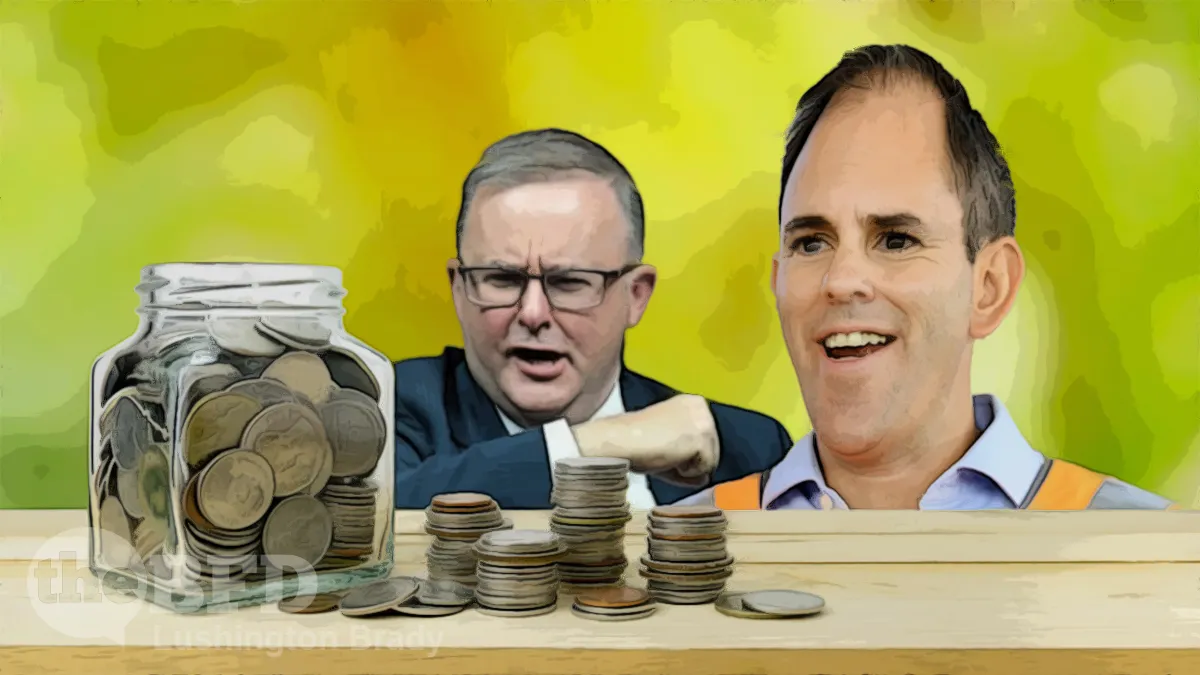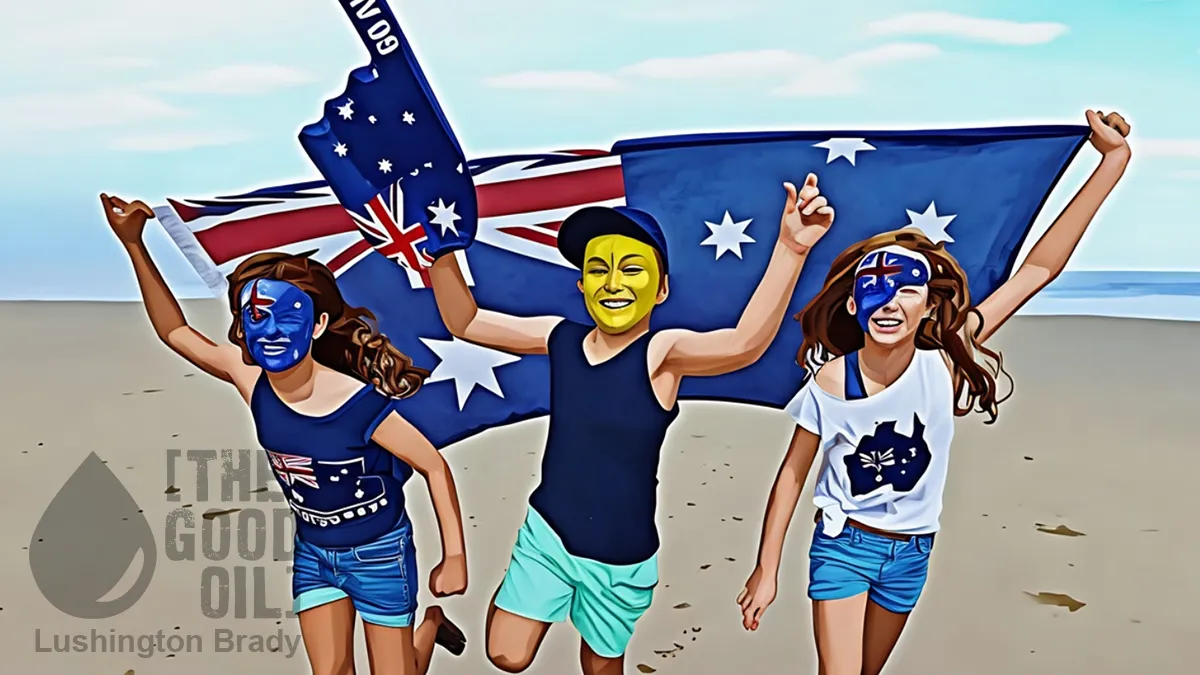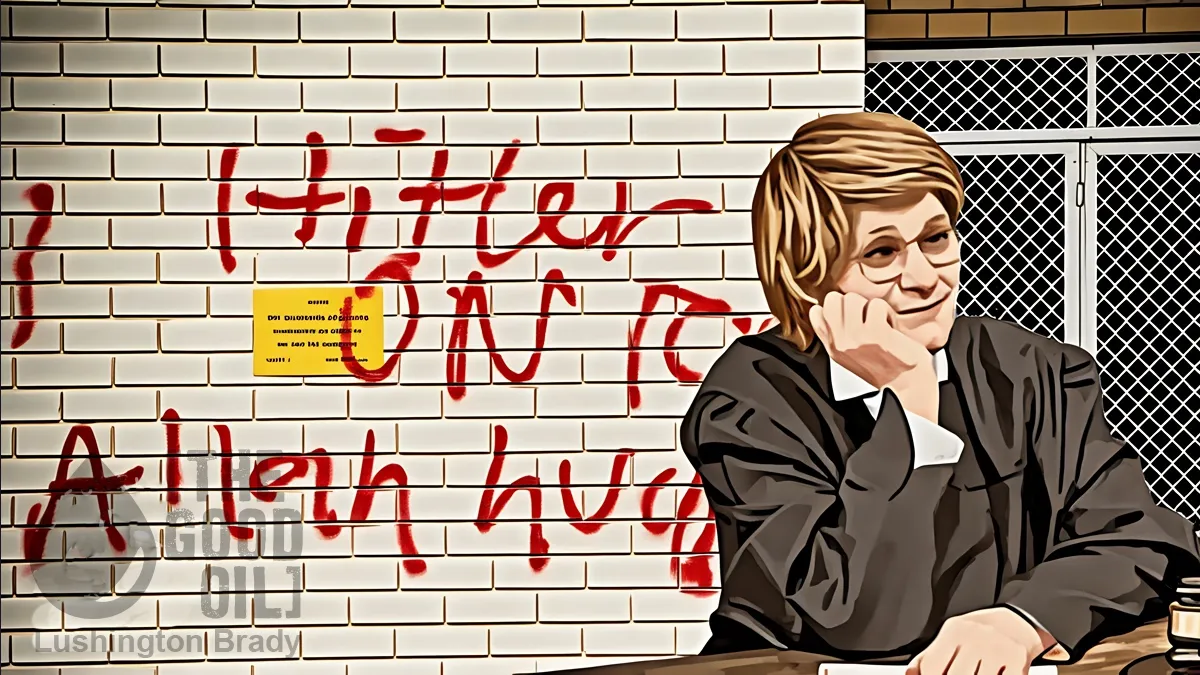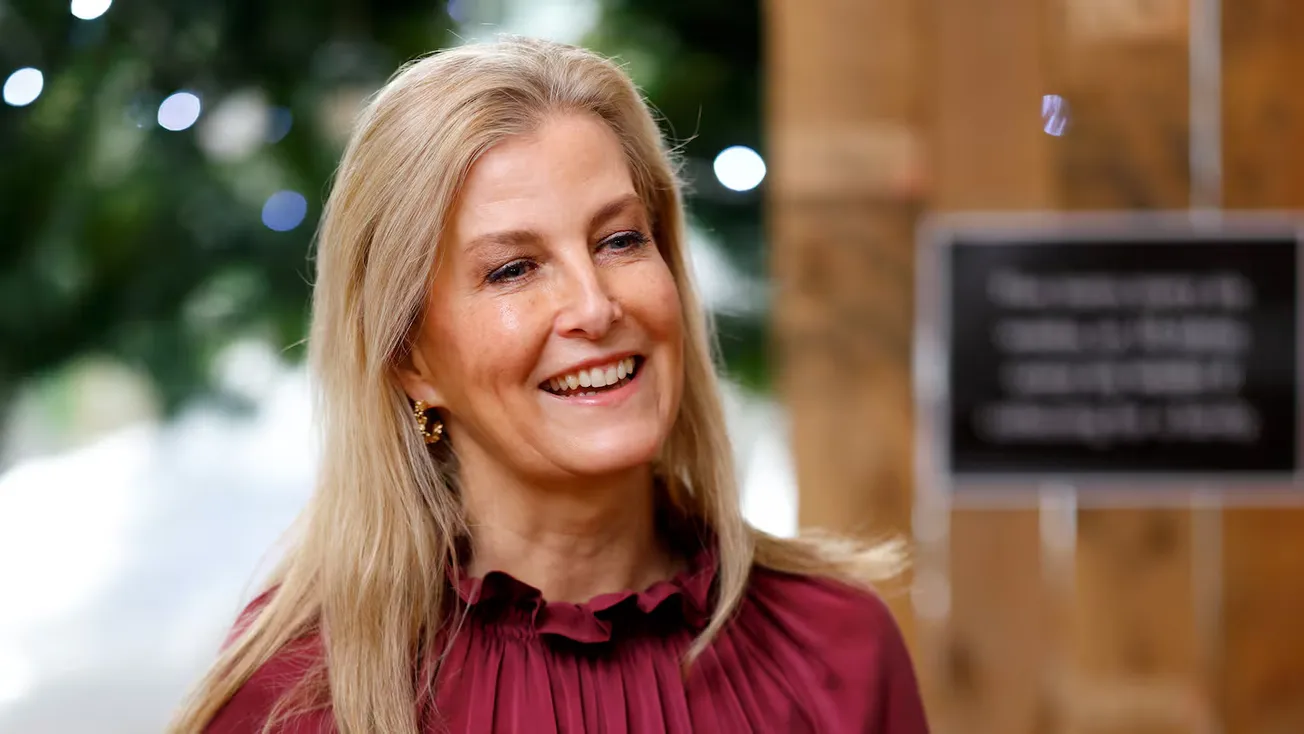So, how bad is inflation in Australia? Just ask anyone who works in retail. As one retail worker recently told me, a customer was irate to discover that, in a matter of weeks, one of their favourite products had nearly doubled in price. It’s an extreme example, perhaps, but you’d have to be living under a rock, or in a government-funded sinecure in Canberra, not to notice just how expensive everything has suddenly become.
As they will, the self-serving Albanese government are blaming everyone but themselves, but the truth is that nearly all of the inflationary pressure is coming from Canberra. The two main drivers of inflation are energy prices and rents. The latter is directly caused by unprecedented mass immigration, the former by the demented obsession with “Net Zero”.
Worse, the existing inflationary pressure is being exacerbated by a government addicted, as socialists are, to doling out barrows full of taxpayer money to try and buy votes.
Anthony Albanese’s claims that billions of dollars in cost-of-living measures are helping fight inflation are in tatters, after new figures revealed a shock jump in consumer price growth that economists say could force the Reserve Bank to deliver another rate hike as early as August.
Official data on Wednesday revealed inflation jumped to 4 per cent in the year to May, from 3.6 per cent in the month before, as the end of energy rebates drove energy bills higher, petrol prices soared, and rents continued their rapid upward march […]
Analysts from UBS and Deutsche Bank joined Judo Bank chief economist Warren Hogan to predict a 14th rate hike next month.
Remember when the left sneered at John Howard for saying interest rates would be worse under a Labor government?
Here come the whoppers from Albo:
Despite climbing worries that cost-of-living pressures are proving harder to shift, the Prime Minister in a speech on Thursday morning will spruik his government’s record of economic management, boasting that “inflation is down” since Labor took power.
Well, that’s kinda-sorta true, in that inflation peaked in the year after Labor took power – but it’s yet to fall to the levels of the year before they did. And it’s on the rise again.
In no small part to Albanese and Jim “Zippy” Chalmers throwing around cash like drunken sailors (which is a bit unfair, really, given that drunken sailors generally throw around their own money).
In a speech to a CEDA conference in parliament on Thursday, Mr Albanese will talk up cost-of-living measures starting from Monday – including extending $300 energy bill subsidies to every household from July, a big boost to rental assistance and broadening the stage three tax cuts to include all workers.
If politicians are telling whoppers, the bureaucrat class in Canberra is little better.
ABS head of prices statistics Michelle Marquadt noted that the consumer price index was often affected by large moves in individual items and services, such as fuel, fruit and vegetables, and holiday travel.
“It can be helpful to exclude these items from the headline CPI to provide a view of underlying inflation.”
Yes, if you take out the things that are going up in price the most, then it doesn’t look so bad, does it? Because, hey, it’s not as if people generally spend much on fuel or fruit and vegetables.
Do these loons even listen to themselves?
Independent economist Chris Richardson criticised the decisions by federal and state governments in recent budgets to pour billions of additional dollars into the economy under the guise of cost-of-living relief that could ultimately make life harder for struggling households by keeping inflation higher for longer.
“Governments are throwing a lot of money at the symptoms of the cost-of-living crisis, but that worsens the cause of it. And the cause is too many dollars chasing too little stuff,” Mr Richardson said. “Governments have abandoned the field in the inflation fight. We are fighting the inflation fight one-handed.”
Mr Richardson said the RBA’s battle to keep the nation on the “narrow path” to taming inflation without the need for a damaging recession was now more like “threading a needle”. And as inflation threatened to prove more difficult to budge, there was increasing risk of a monetary policy “mistake” that would eventually lead to a recession as the central bank was forced to hike rates to regain control.
The Australian
Interest rates soaring, housing crisis, energy crisis, inflation, danger of recession?
Tell me this isn’t a Labor government.









